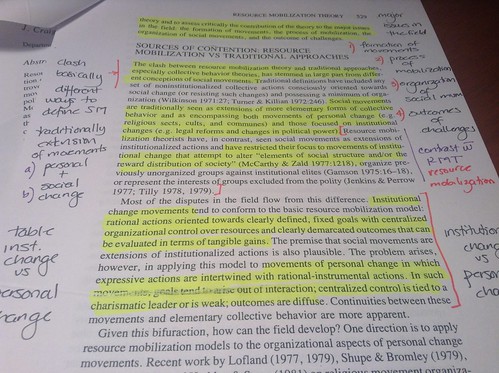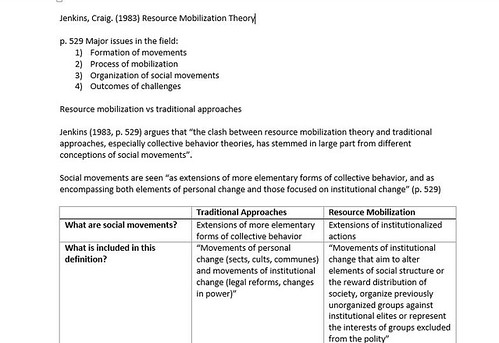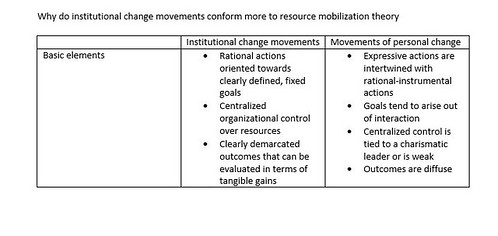As I’ve made it clear in most of my academic writing blog posts, I do things the old-fashioned way. This means that I’m a fan of printing out journal articles and writing on the margins, or making photocopies of book chapters, and highlighting passages that I think are important. I’m not a cognitive scientist so I don’t actually know whether highlighting is good or bad for students and scholars alike, and whether it has any impact on our cognitive ability to learn. Nevertheless, I almost always have encountered folks who believe highlighting is good and practice it often. I love providing my students with resources on how to do their work more seamlessly.
Recently I found three blog posts that made me rethink my approach, and wonder why other scholars may not recommend that students (and fellow academics) highlight their notes: because it may make the student believe they are engaging the material while they are not. This is a point made in various ways by other authors. First, by John McMahon in his handout on Writing Summaries of Journal Articles and Critical Reviews. Second, not precisely related to highlighting but to the accumulation of photocopies, by Umberto Eco via Stephen Taylor. And related to the previous point, accumulating PDFs (the PDF alibi) may make us believe that we are actually doing the research, reading them and engaging with the work, as posited by Pat Thomson.
I promised John I would write a blog post on how I highlight and write on the margins to really engage with the reading. The first thing I do is that I use different colors of highlighters. In the example I am providing here I didn’t have my other colored highlighters available, but I had my colored pens, so I have used them in the example. I highlight important passages that then I spell out on the margins. For example, in this summary of Craig Jenkin’s 1983 piece, I analyze the section on how resource mobilization theories differ from other ones.
The first paragraph of the page describes what are the contributions of this journal article, which I then summarize on the margins. Then I highlight the main ideas in the following paragraphs and spell them out on the margins. Notice how I don’t believe that the first sentence of a paragraph is the one that contains the main idea. I outline what I believe are the main ideas on the margins, with different colors (notice how I use red in some instances and purple in others). Where I think a table could make the ideas clearer, I posit them.
Here is my article summary of that section.
As you can see, from the second table, I could even make a simpler table out of Table 2, which would contrast both approaches based on Goal Design, Mode of Organizational Control, Outcomes and Role of Leadership. And this table would be a contribution in itself as it would require me to reorganize how Jenkins thinks about social movements and resource mobilization and then I could apply it to specific empirical case studies.
So, as you can see, I don’t highlight the entirety of the article, but solely I use highlighting to remind me of important passages and to help me break down the ideas I want to engage with. Hopefully this approach to reading and highlighting and writing on the margin is useful to others when writing their summaries!




0 Responses
Stay in touch with the conversation, subscribe to the RSS feed for comments on this post.